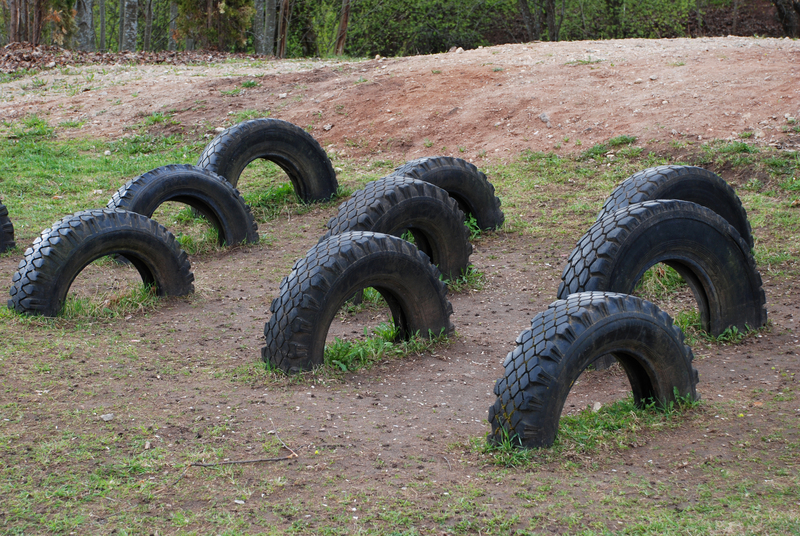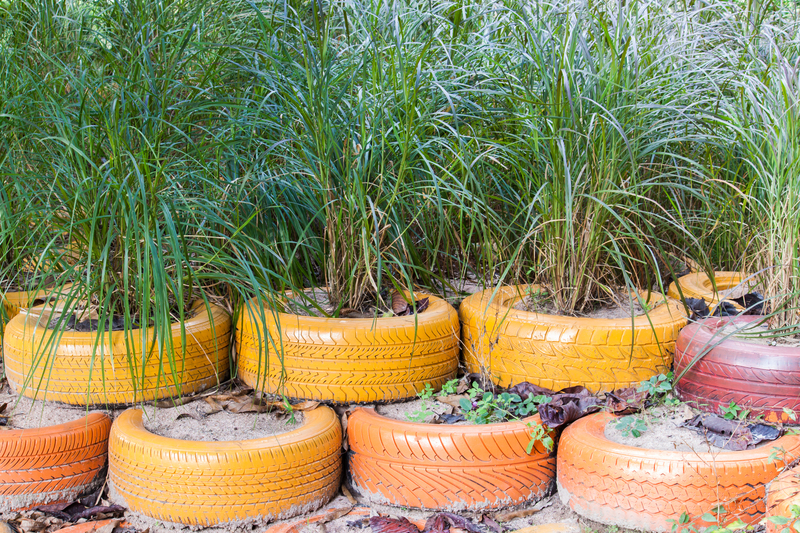Simple Steps to Handle and Dispose of PPE Waste Responsibly
PPE (Personal Protective Equipment) has become an everyday necessity, not just for healthcare professionals but for the general public as well. As we adapt to a world where face masks, gloves, and protective clothing are commonly used, it is vital to focus on responsible PPE waste disposal. Improperly discarded PPE can harm people and the environment. Are you looking for practical ways to handle and dispose of PPE waste responsibly? This article offers comprehensive, actionable steps for managing PPE waste in homes, workplaces, and public spaces.
Why Proper PPE Waste Disposal Matters
Before diving into the methods, understanding why PPE waste management is important helps motivate responsible actions:
- Protects Human Health: Discarded PPE may carry infectious agents, posing risks to sanitation workers and the public.
- Prevents Environmental Pollution: Plastics and non-biodegradable materials from PPE often end up in waterways, harming wildlife and contaminating ecosystems.
- Reduces Litter in Communities: Gloves and masks on the streets degrade community cleanliness and aesthetics.

Identifying PPE Waste
PPE waste includes items such as:
- Disposable face masks and respirators
- Single-use gloves
- Protective gowns and coveralls
- Face shields and safety goggles (when no longer reusable)
- Shoe covers, hair nets, and similar disposables
Knowing what constitutes PPE waste helps streamline safe and correct disposal practices.
Step-by-Step Guide to Responsible PPE Waste Disposal
1. Separate PPE Waste from Regular Trash
- Use a designated PPE waste bin with a lid in workplaces, public spaces, and at home.
- Ensure PPE waste items (masks, gloves, etc.) are not mixed with recyclable or organic waste.
This simple step is foundational to safe PPE waste management, reducing the risk of cross-contamination and enabling specialized treatment.
2. Safeguard Yourself While Handling PPE Waste
- Always wear a fresh pair of disposable gloves when collecting or handling PPE waste to avoid direct contact with possibly contaminated items.
- Wash hands with soap and water, or sanitize, immediately after removing gloves.
- Avoid touching your face during the process.
Ensuring self-protection when managing PPE waste minimizes the risk of infection and cross-contamination.
3. Bag and Secure PPE Waste Properly
- Discard used PPE in a strong, leak-proof plastic bag. Double-bag if necessary, especially in healthcare or quarantine settings.
- Do not overfill the bags; tie them securely to prevent accidental spillage.
- Clearly label bags containing PPE waste if possible, to alert waste handlers and sanitation staff.
4. Dispose of PPE Waste in Accordance with Local Guidelines
- Check your local regulations for PPE waste collection or drop-off options. Some communities provide special bins for this purpose.
- Do not place PPE waste in recycling bins; most PPE is not recyclable with standard household materials.
- If no special collection exists, put the PPE waste in general waste for landfill disposal - not compost or recyclables.
Local compliance is crucial for responsible PPE waste disposal. Disregarding guidelines may endanger sanitation workers and the community.
5. Never Litter or Flush PPE Down the Toilet
- Never throw used PPE on streets, in parks, or in public areas.
- Do not flush disposable masks, gloves, or wipes down toilets, as these can clog drainage and pollute water sources.
6. Special Considerations for Healthcare and High-Risk Settings
- PPE from medical, quarantine, or high-risk environments should be treated as potentially infectious biohazard waste.
- Use yellow-coded bags or containers (per local or hospital protocols) for collection and disposal of biohazard PPE waste.
- Coordinate with licensed waste management companies or municipal authorities for specialized pickup and treatment (incineration, autoclaving, etc.).
Eco-Friendly Approaches to PPE Waste Management
1. Use of Reusable PPE Where Possible
- For non-medical use, consider washable cloth masks instead of single-use masks, provided local health guidelines permit.
- Encourage use of reusable gloves and face shields in settings where they can be disinfected safely.
2. Participate in PPE Recycling Programs
- Certain organizations and companies are now running PPE recycling initiatives for face masks and gloves. Research local options or mail-in programs.
- Be sure to follow the program's collection and cleaning guidelines strictly.
Note: Most household PPE waste is currently destined for landfill due to contamination risks, but as technology and infrastructure advance, recycling options will grow.
3. Reduce Overall PPE Use When Safe
- Follow updated healthcare guidelines to avoid unnecessary or redundant PPE usage, especially in non-medical environments.
- Train staff and families about proper and limited use of PPE to avoid wastage.
Raising Awareness About PPE Waste Problems
Public education is a key part of responsible PPE waste management. Here's how you can help:
- Share information with your family, friends, and colleagues about the hazards of irresponsible PPE disposal.
- Advocate for proper PPE waste bins in public spaces, offices, and institutions.
- Participate in or organize community clean-ups that target PPE litter.
Spreading the word can help reduce PPE litter and its associated risks significantly.
Frequently Asked Questions (FAQs) About Handling and Disposing of PPE Waste
Can PPE like masks and gloves be recycled in normal household recycling bins?
No, most PPE such as gloves and face masks cannot be recycled through regular municipal recycling systems due to their material composition and contamination risks. Always dispose of them as general or clinical waste, not recyclables.
What's the safest way to dispose of used PPE at home?
Place used masks, gloves, and similar items in a strong, sealed bag, then into your regular trash. Wash your hands thoroughly afterwards.
How should workplaces deal with large volumes of PPE waste?
For workplaces, set up dedicated PPE waste bins lined with leak-proof bags. Regularly dispose of these through licensed waste management services, especially in healthcare or high-risk industries where infectious waste protocols must be followed.
Are there biodegradable PPE options?
Some manufacturers are producing biodegradable masks and gloves. However, these may not be widely available or suitable for all risk levels. Always verify certifications and ensure their disposal does not compromise hygiene.

Conclusion: Small Steps, Big Impact for Sustainable PPE Waste Management
As the use of PPE remains part of public and occupational safety, so does our shared responsibility to handle and dispose of PPE waste responsibly. Adopting straightforward habits such as proper segregation, using the right bins, following local regulations, and opting for reusable PPE where safe, we safeguard our communities and the planet.
- Handle PPE carefully, always prioritizing safety.
- Dispose of PPE waste following guidelines to prevent contamination and pollution.
- Promote and participate in responsible PPE waste practices.
Together, through simple yet effective steps, we can minimize the negative impact of PPE waste and promote a healthier, cleaner environment for all.
Additional Resources
- CDC Guide: How to Dispose of Masks and Gloves
- WHO COVID-19 Advice for the Public
- U.S. EPA: Household Medical Waste Management
Remember: Your individual actions matter -- choose to handle and dispose of PPE waste responsibly starting today!
